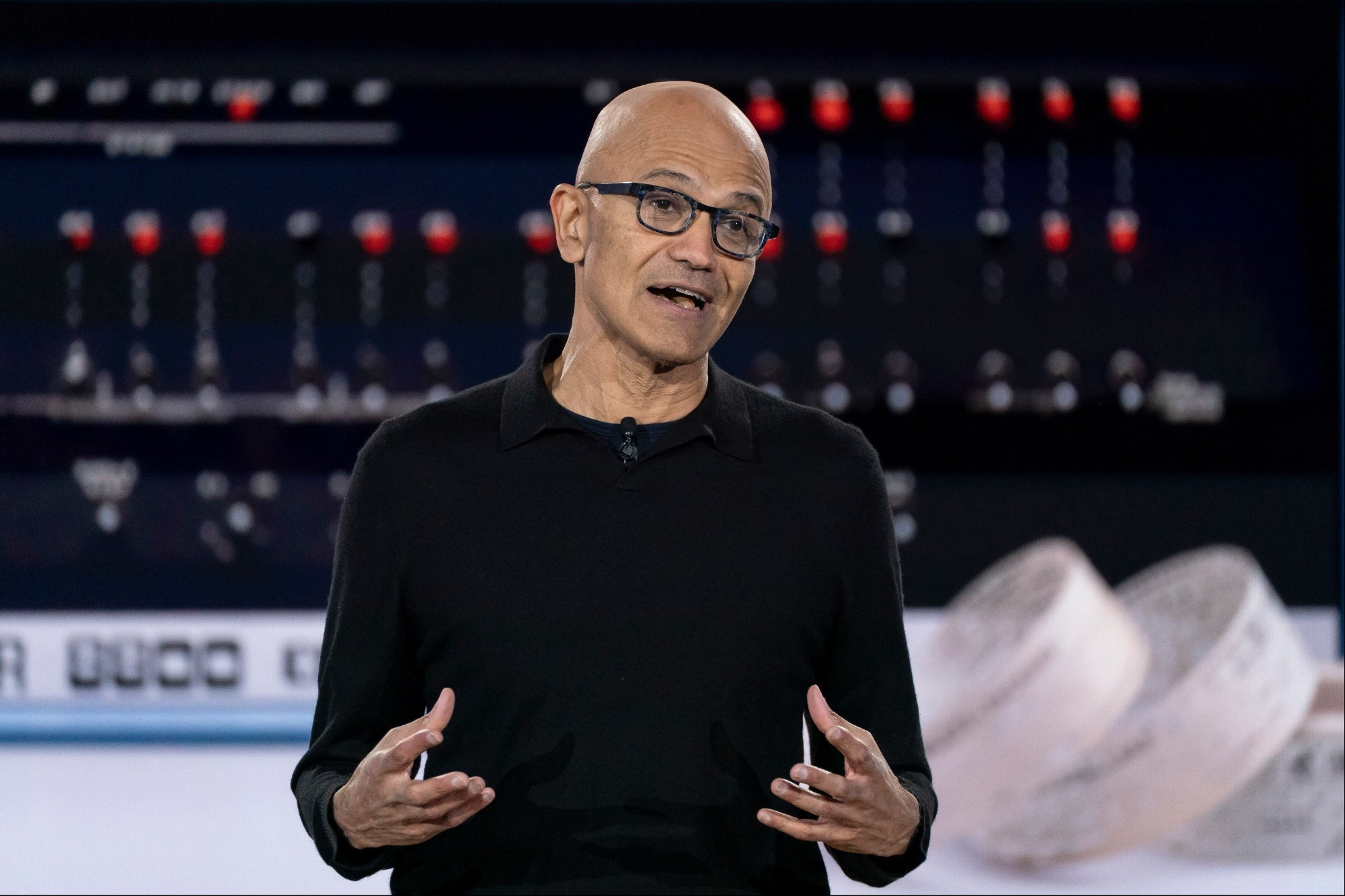An AI tool on LinkedIn has failed to gain traction with the platform’s over one billion members.
LinkedIn CEO Ryan Roslansky, who has led the company for the past five years, told Bloomberg last week that LinkedIn has an AI writing tool that polishes posts written by members before they hit publish. The AI feature gives LinkedIn users the option to tap into AI-generated suggestions to improve their writing.
The only problem? “It’s not as popular as I thought it would be,” Roslansky told Bloomberg.
There’s a clear reason why. Roslansky, who has overseen the company as it has grown from $7 billion in annual revenue in 2019 to nearly $17 billion in revenue in 2024, explained that LinkedIn members could face backlash for posting something AI-generated. Other members might call someone out if a post came across as AI-generated, and the label could tarnish the person’s reputation on the platform and their “ability to create economic opportunity,” Roslansky said.
Related: Mortgage Lenders Are Checking Your LinkedIn to ‘Get a Clearer Picture’ of Potential Borrowers
LinkedIn, unlike other social media platforms like X and TikTok, is a “your resume online” and “your professional reputation in general,” which means that the bar is much higher for posts to come across as authentic, Roslansky said.
“If you’re getting called out on X or TikTok, that’s one thing,” Roslansky told Bloomberg. “But when you’re getting called out on LinkedIn, it really impacts your ability to create economic opportunity for yourself.”
Even though AI writing tools may not be popular on LinkedIn, they do come in handy internally. Roslansky disclosed that he uses Microsoft Copilot’s AI writing suggestions for emails he sends to his boss, Microsoft CEO Satya Nadella.
 LinkedIn CEO Ryan Roslansky. Photographer: Bryan van der Beek/Bloomberg via Getty Images
LinkedIn CEO Ryan Roslansky. Photographer: Bryan van der Beek/Bloomberg via Getty Images
AI skills are in high demand among the 15 million jobs featured on LinkedIn at any given time. Roslansky said that in the past year, there has been a sixfold increase in the number of jobs that require AI-related skills. At the same time, the number of members adding AI skills to their profiles has grown twentyfold.
Companies are also turning to AI to help review applications. A Resume Genius survey from March of 1,000 hiring managers shows that nearly half are using AI to help screen resumes and job applications.
Related: AI Is Dramatically Decreasing Entry-Level Hiring at Big Tech Companies, According to a New Analysis
Meanwhile, employers are cracking down on AI use among candidates. A TopResume survey conducted in May of 600 U.S. hiring managers found that one in five automatically reject AI-written resumes, and over a third can spot an AI-created resume in under 20 seconds.
Even Anthropic, a $61.5 billion AI startup that advertises its Claude chatbot as skilled in writing, asks candidates to write their materials themselves without the help of AI.
Edward Kaye, a recruiter for PCI Pharma Services, wrote on LinkedIn last year that recruiters “can tell if a resume was created by AI.” They look for clues like formatting, lack of personalization, and language use, he explained.
“Don’t get a false sense of security and leave it up to AI,” Kaye wrote. “We’re looking for authentic documents written by real people about their real-life experience.”
An AI tool on LinkedIn has failed to gain traction with the platform’s over one billion members.
LinkedIn CEO Ryan Roslansky, who has led the company for the past five years, told Bloomberg last week that LinkedIn has an AI writing tool that polishes posts written by members before they hit publish. The AI feature gives LinkedIn users the option to tap into AI-generated suggestions to improve their writing.
The only problem? “It’s not as popular as I thought it would be,” Roslansky told Bloomberg.
The rest of this article is locked.
Join Entrepreneur+ today for access.








